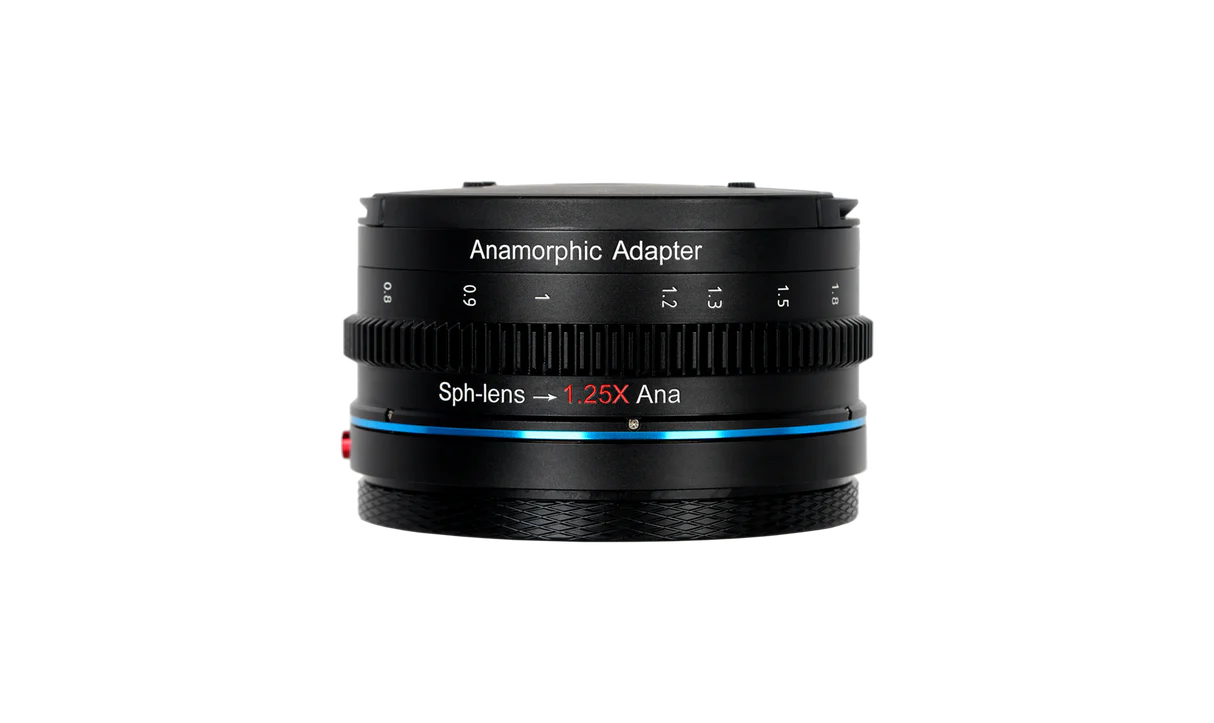best lens classification

best lens classification
There are various classification methods for best lens according to different standards, and the following are common classifications and their characteristics:
1. Classify by focal length
Wide angle lens: The focal length is usually below 24mm, with a wide viewing angle, suitable for capturing large scenes such as landscapes and buildings, but may cause edge distortion.
Standard lens: The focal length is about 50mm, the viewing angle is close to the human eye, the imaging is natural, suitable for daily shooting and portrait photography.
Telephoto lens: With a focal length of over 85mm, it can zoom in on distant objects and is suitable for capturing long-distance subjects such as sports and wildlife.
Ultra long focal length lens: With a focal length exceeding 200mm, it is used to capture subjects at extremely long distances, such as the moon or wildlife.
2. Classify by zoom ability
Fixed focus lens: With a fixed focal length, it usually has a larger aperture and better imaging quality, making it suitable for photographers who pursue high image quality.
Zoom lens: Adjustable focal length, high flexibility, suitable for travel or situations that require quick switching of shooting scenes, but the imaging quality may be slightly inferior to fixed focus lenses.
3. Classify by special function
Macro lens: specially designed for close range shooting, capable of capturing details of small objects, suitable for shooting flowers, insects, etc.
Fisheye lens: With an extremely wide viewing angle (up to 180 degrees), it produces unique circular or exaggerated perspective effects, making it suitable for creative photography.
Shift axis lens: adjustable optical axis, used for correcting perspective or capturing miniature landscape effects, suitable for architectural photography.
4. Classified by purpose
Portrait lens: such as an 85mm fixed focus lens, with a large aperture and good blurring effect, suitable for portrait photography.
Landscape lens: such as 16-35mm wide-angle zoom lens, suitable for capturing vast landscapes.
Sports lenses: such as 70-200mm telephoto zoom lenses, suitable for capturing fast-moving subjects.
5. Classify by brand and checkpoint
Brands: such as Sony E-mount, Nikon, Canon, etc. The lens mount of different brands varies and needs to be matched with the corresponding camera body.
Through the above classification, users can choose the appropriate lens type according to their shooting needs. For example, when shooting landscapes, they can choose wide-angle lenses; when shooting portraits, they can choose standard or telephoto lenses; while macro lenses are suitable for capturing objects with rich details.
- التعليم
- Course
- Books
- Drawing
- سؤال
- Film
- Fitness
- Food
- الألعاب
- Gardening
- Health
- الرئيسية
- Literature
- Music
- Networking
- أخرى
- Programming
- Religion
- Shopping
- Sports
- Curriculm
- Wellness


